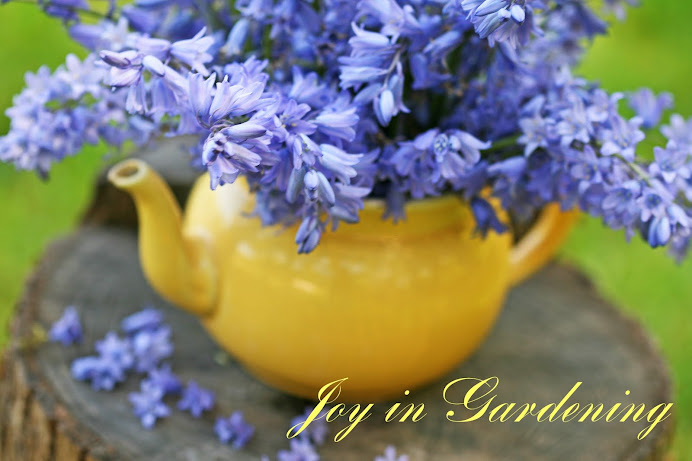Orchid, exotic flower from the Far East. Exquisite, dainty, fragile, simply gorgeous. My late father an orchid enthusiast had well over 100+ plants in his collection. As I am the photographer of the family I captured these beauty every time I am in his garden.
Caring orchid in the tropic which is their environment is easy but in another part of the world they need a lot of pampering. More important humidity, warm temperature, no soil needed just add bark in their container. In the wild orchid grows latched on to trees, they absorbed food through their leaves.
I remember as a child growing up in the tropic, when my mother needed vanilla she would go to the garden and harvested the slender dark bean. Fresh vanilla has a strong distinctive taste. So delicious taste better than those bottled vanilla extract. These photos taken all with film Canon SLR macro lens. Enjoy these exotic photos of Orchid the jungle Queen. Unfortunately I do not know the name of the orchid species, nevertheless all of them are pretty flower.
Caring orchid in the tropic which is their environment is easy but in another part of the world they need a lot of pampering. More important humidity, warm temperature, no soil needed just add bark in their container. In the wild orchid grows latched on to trees, they absorbed food through their leaves.
I remember as a child growing up in the tropic, when my mother needed vanilla she would go to the garden and harvested the slender dark bean. Fresh vanilla has a strong distinctive taste. So delicious taste better than those bottled vanilla extract. These photos taken all with film Canon SLR macro lens. Enjoy these exotic photos of Orchid the jungle Queen. Unfortunately I do not know the name of the orchid species, nevertheless all of them are pretty flower.
















